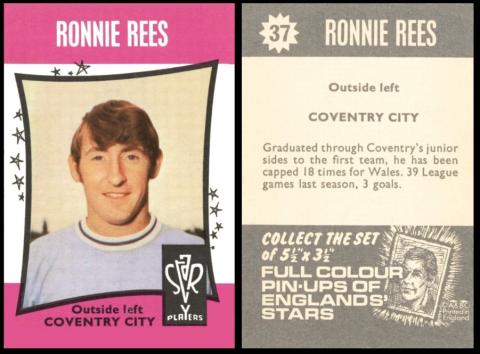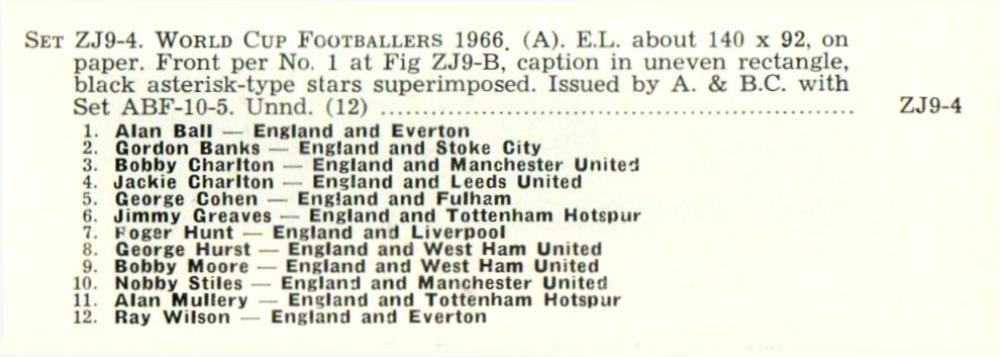
Our first clue card referred to the fact that Alice Ellen Terry was born on the 27th of February 1847 in Coventry, Warwickshire. Her family were travelling players, in a theatrical company based out of Portsmouth, where her maternal grandfather was a minister. The first thing we must say is that she is no relation to the American film actress who called herself Alice Terry, but whose real name was Alice Frances Taaffe (July 24, 1899 – December 22, 1987).
Our Alice Terry, naturally, first appeared on stage as a child, and grew up amidst the sawdust, moving into roles as she aged. Because she was often the age of the person she was portraying there was a naturalness to her performances that an older person could seldom have accomplished. When she was sixteen she married, the artist, George Frederic Watts, born in 1817, who you can see on an Ogden`s Guinea Gold portrait, courtesy of the National Portrait Gallery. We featured one of his paintings as our Card of the Day for the 25th of February 2024. They separated in under a year and she returned to the stage. However she then met an architect, Edward William Godwin, born in 1833, and though they never married they did have two children, and even after they separated officially they remained friends forever.
The player on today`s card is Ronald Raymond Rees, who was born in April 1944, and who played for Coventry City for six years, starting out with their youth team, and moving to the main squad in 1962 when he was almost eighteen. He also played for the National Team of Wales almost forty times. This card almost marks the beginning of the end for our man, because he left Coventry City in 1968, transferred to West Bromwich Albion, but he did not like it here and moved on to Nottingham Forest in 1969. That transfer fee was slightly less, and it continued to drop as he moved to Swansea and then to Haverfordwest. And he died in October 2023, at the age of 79.
Our original British Trade Index part II tells us that this set is from the "Footballers Grouping" which appears in full with the Card of the Day for October 19 2024, simply because that was the first football set ever to be issued by A & B.C. Gum, in 1958-1959. All the other sets are tackled like today`s, in as much as they simply repeat their section of the listing, and not how it interacts with the other sets.
However, today`s set is one of the hardest track down in our British Trade Indexes, for two reasons - firstly that the words "Star Players" are only used to form the cup in the black square on the front of the card - and secondly, even if you do fathom that, this set is catalogued as No.5, catalogued as :
FOOTBALLER GROUPING (A). Md. or Lg. 8 backs illustrated at Fig. ABF-10. Nd. ... ABF-10
5. Titled "Star Players" on front. Back 5 in black. 82 x 56. (55). For anonymous "Pin Ups" issued with this series, see set ZJ9-4
That "ZJ9-4" number is at the back of the book, catalogued as :
These so called "pin-ups" are also shown on the cards themselves on the bottom of the reverse, as well as being mentioned on the packets, which cost 3d. Now I am not sure how the two were issued together, being that they are different sizes, but being A. & B.C, I kind of imagine that the larger items were simply folded to fit.
In our updated British Trade Index the set is cross-referenced under "Star Players - See under Footballers 1978/68 AAB-350". Once there, both parts are described as :
FOOTBALLERS (A) 1967/68.
1. 81 x 56. Nd. (55). Titled "Star Players" on front. Black backs inscribed "Collect the set of 5 1/2" x 3 1/2" full colour Pin-Ups of England`s Stars".
2. 140 x 92. Unnd. (12). Issued with "Footballers Star Players" see above/ Known as "World Cup Footballers 1966". Anonymous. See HA-13

